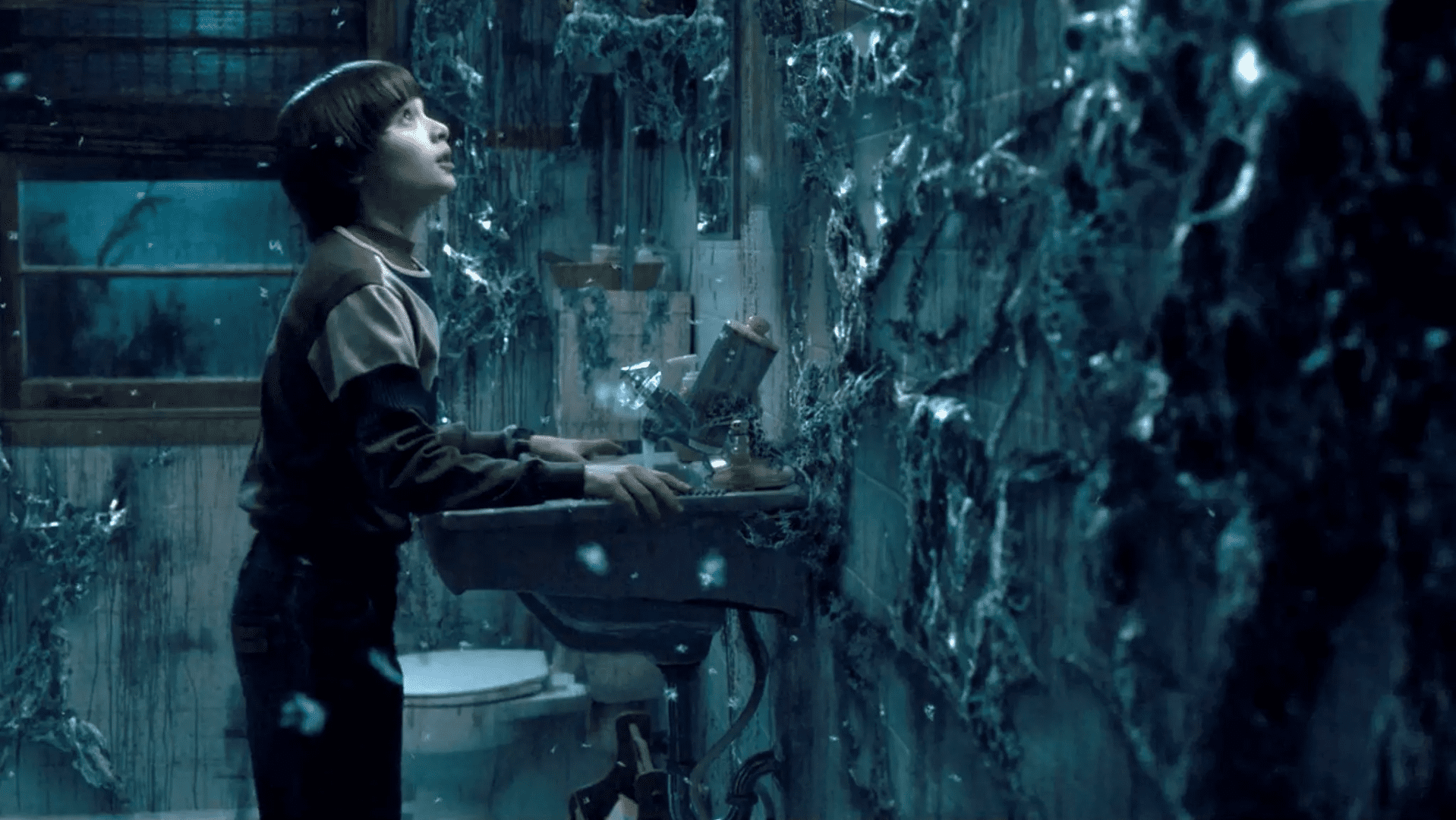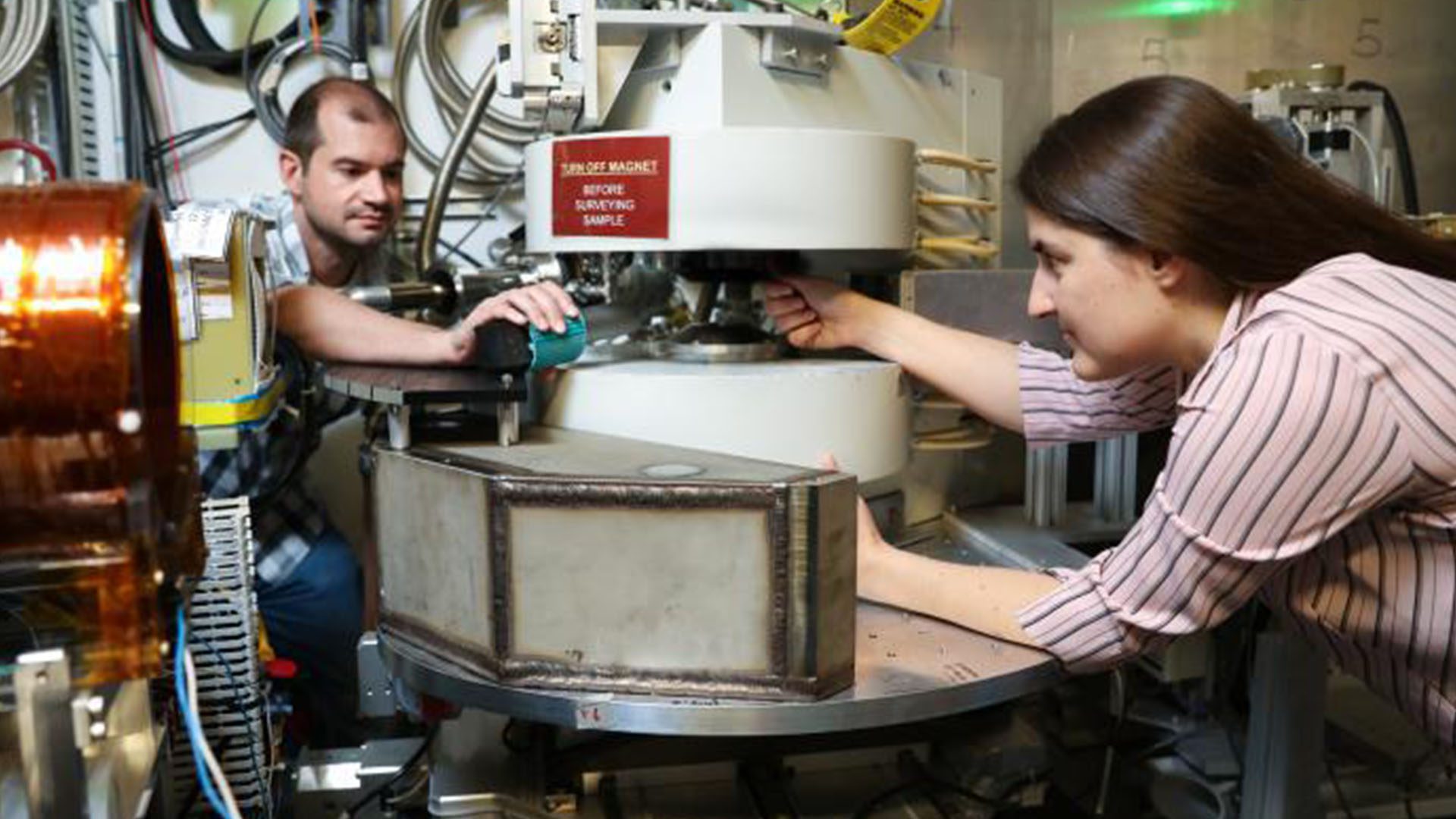If you’re a fan of science fiction, you may be fascinated by the concept of a portal—a strange new world where you travel through space and time. But if you’re a particle physicist, a portal is figurative, and it looks for ways that the matter that makes up our universe interacts with dark matter.
One portal mystery posits the question of a “mirror universe,” with which fans of the hit Netflix series “Stranger Things” may be familiar. However, no humans ended up in the mirror universe with monsters, known as the Upside Down in “Stranger Things” in this experiment. Instead, physicists at the Department of Energy’s Oak Ridge National Laboratory (ORNL) designed and ran an experiment to see if neutrons could travel between being mirror neutrons and regular ones.

The Mystery
This experiment was not created to test Stranger Things’ realism—it was actually testing a long-standing puzzle about how long a neutron can travel outside an atomic nucleus. Neutrons decay quickly when away from other protons and neutrons, living just under 15 minutes before turning into a proton. However, previous landmark experiments showed that neutrons traveling in a beam could live around 9 seconds longer than ones trapped in a magnetic bottle. This time discrepancy before decay hints at new physics beyond the Standard Model of particle physics.
Experimenters tried to explain this discrepancy, postulating that neutrons might transform into a dark-matter version of themselves while traveling, called mirror neutrons. As ORNL’s Dr. Leah Broussard, who led the study, explained to us at Tomorrow’s World Today, “Mirror neutrons are nearly identical to our neutrons, but they are part of an undetectable set of particles and forces. We use the term “mirror” for that set because theorists propose that the “mirror weak force” has opposite reflection symmetry (called “Parity”) to ours”.
The experiment was designed to stop some of the neutrons from traveling as regular versions of themselves; mirror neutrons would be able to pass through the wall because they could be made of dark matter. This would be as if they had gone through a “portal,” providing the first observation of dark matter.
The Experiment
To put the hypothesis to the test, researchers applied a strong magnetic field to a beam of neutrons to enhance oscillations between neutron states. The beam then struck a “wall” made of boron carbide, which is a strong neutron absorber. In other words, neutrons tried to get through a tube with a blocked end in the middle of a magnet.

In the experiment, all of the neutrons were stopped by the wall. This means the neutrons were all made up of regular matter, and there was no evidence of neutron regeneration, mirror neutrons or new interactions between the neutrons and the dark sector. Unfortunately for “Stranger Things” fans, this also means there was no sign of a parallel universe.
Because the experiment did not find evidence of mirror neutrons, the physicists can rule out one theory for the cause of neutron discrepancy. The scientists at ORNL will not give up. Next, the researchers will use the High Flux Isotope Reactor, a DOE Office of Science user facility at ORNL, to make a more sensitive search possible in future experiments.
As for “Stranger Things” and science fiction fanatics, Dr. Leah Broussard was contacted numerous times about opening portals to other dimensions and was even asked if she needed volunteers to go and explore other dimensions. Unfortunately for those fans, that is not what her research is about.
When asked about what advice she has for science fiction fans who want to know more about the science behind the fiction, Dr. Broussard told us, “Many of the themes found in science fiction may seem far off, but we have made some truly amazing scientific progress. To get the best understanding of the science facts, look for content providers that specialize in discussing the details behind the science without too much sensationalism”.







